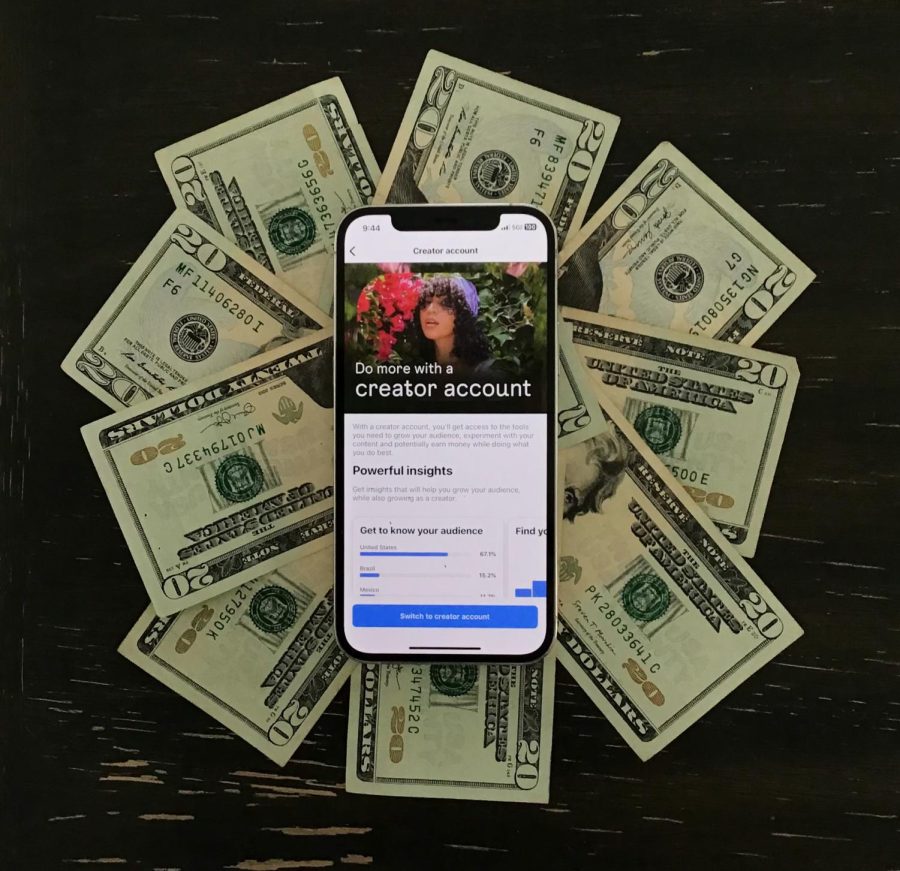Opinion: Paid Advertising in an Online World
April 11, 2023
Paid advertising— it has been around forever. It was first seen on radio, television, and billboards. Now, paid advertising and product promotion is everywhere you look online.
If you’ve browsed apps such as TikTok, YouTube or Twitch, you may have noticed a lot of content creators, people who upload a variety of things online as a career, being paid to promote products toward their audience.
These content creators, also often called “influencers,” are the new celebrities. Companies are flocking to these individuals because they have an audience that is, for the most part, young and impressionable.
I have never purchased an item that was sponsored by a creator that I watch. However, I would guess that’s more uncommon that most content consumers.
These companies must gain customers through these sponsorships. Many of these brands, such as HelloFresh, a company who sends meal kits to subscribers, sponsors what feels like every content creator on the internet.
It can get annoying to watch video after video that has a break to promote the same product as the previous video. Or, if you scroll on TikTok, it feels like paid videos appear on the feed a little too frequently.
However, all of this paid advertising may be a necessary evil.
Just last year, Twitch announced that it will cut subscription earnings for its partners to be 50/50. This means per each subscriber, Twitch partners will only receive $2.50 a month. The change goes into effect for all Twitch partners on June 1, 2023.
To put that into context, if a streamer has 300 subscribers, which is what the average streamer has, they would make roughly $750 a month, $450 less a month than minimum wage.
Of course, every platform is different. YouTube also pays its partners around half of earnings, while TikTok pays the least and creators primarily rely on paid sponsorships to make money.
All this is to say, that although paid advertising is annoying, it’s an unfortunate necessity for content creators to have a sustainable career.
Should it be like that? Of course not.
Mega-corporations such as Amazon, who owns Twitch, and Google, who also owns YouTube, could definitely afford to pay its creators more.
Thankfully, some creators make their paid sponsorship segments worth watching and keep me from skipping through a two-minute lull of them reading a script.
Commentary YouTuber, Drew Gooden, uses comedy and satire to make reaction videos, and uses his paid promotional segments as just another sketch. They are truly enjoyable to sit through.
I’m not suggesting the answer is for content creators to make their ad reads exciting, but it certainly helps make the viewing experience more enjoyable, and perhaps it even makes people more compelled to purchase the product.
In a perfect world, no advertisements would be ideal, not only for our enjoyment, but so creators wouldn’t have to rely on them to pay the bills. Unfortunately, this is just not realistic in the environment we live in. We can only hope that maybe someday it will be possible.
ajabk7@umsystem.edu







